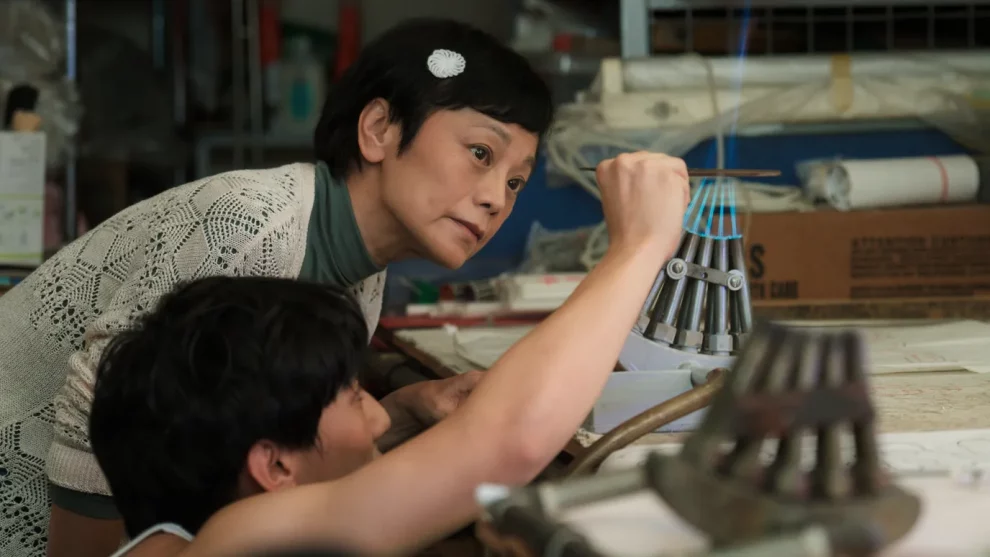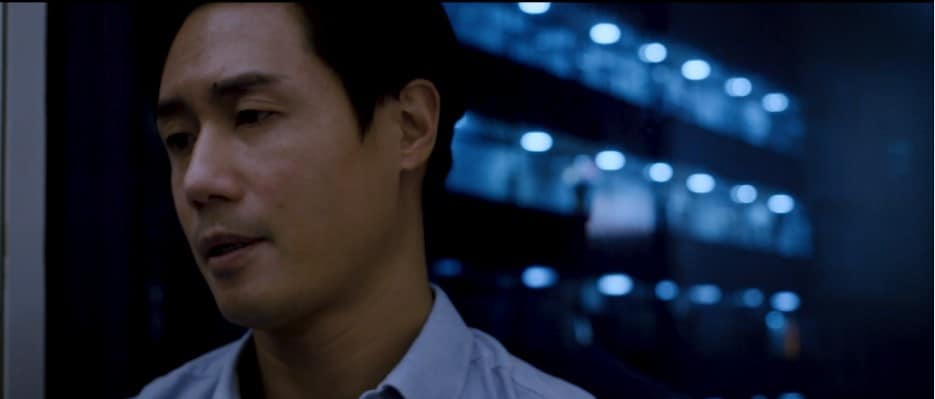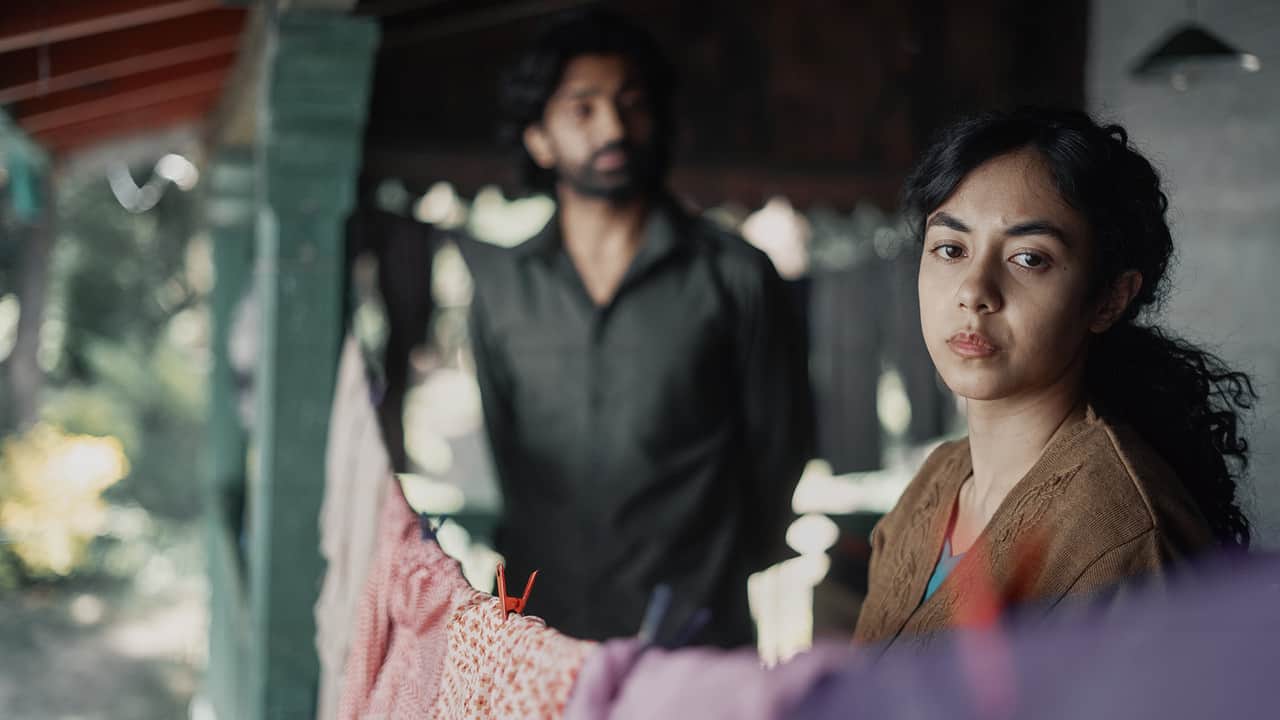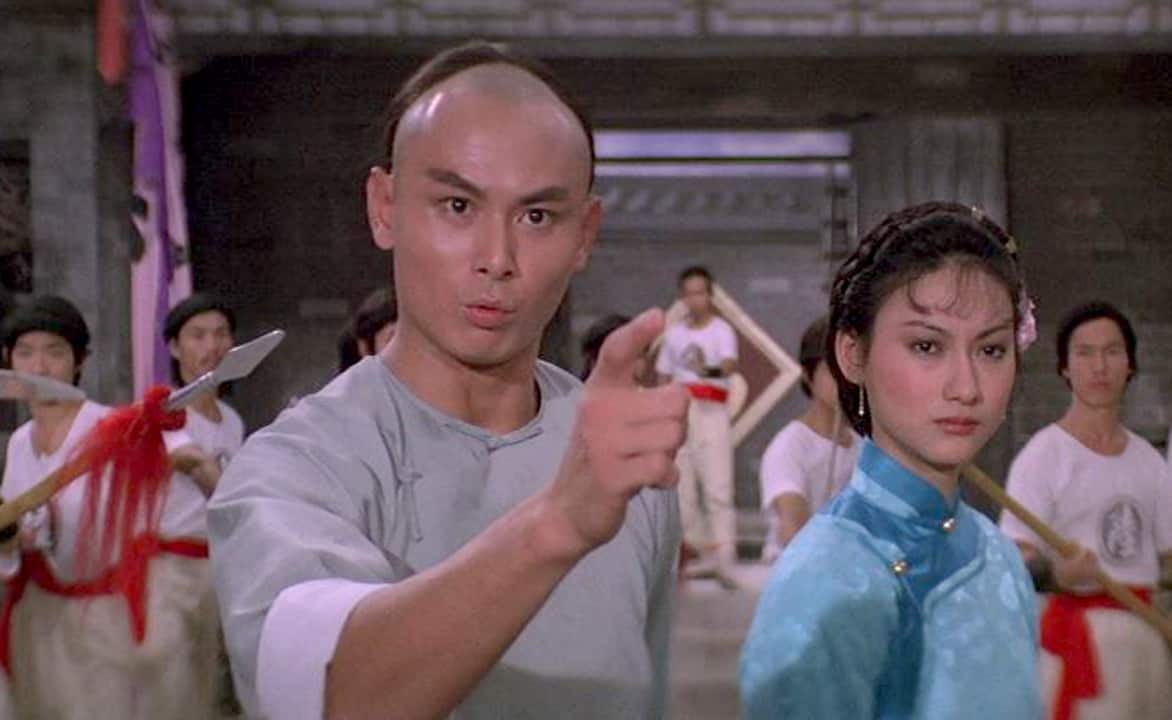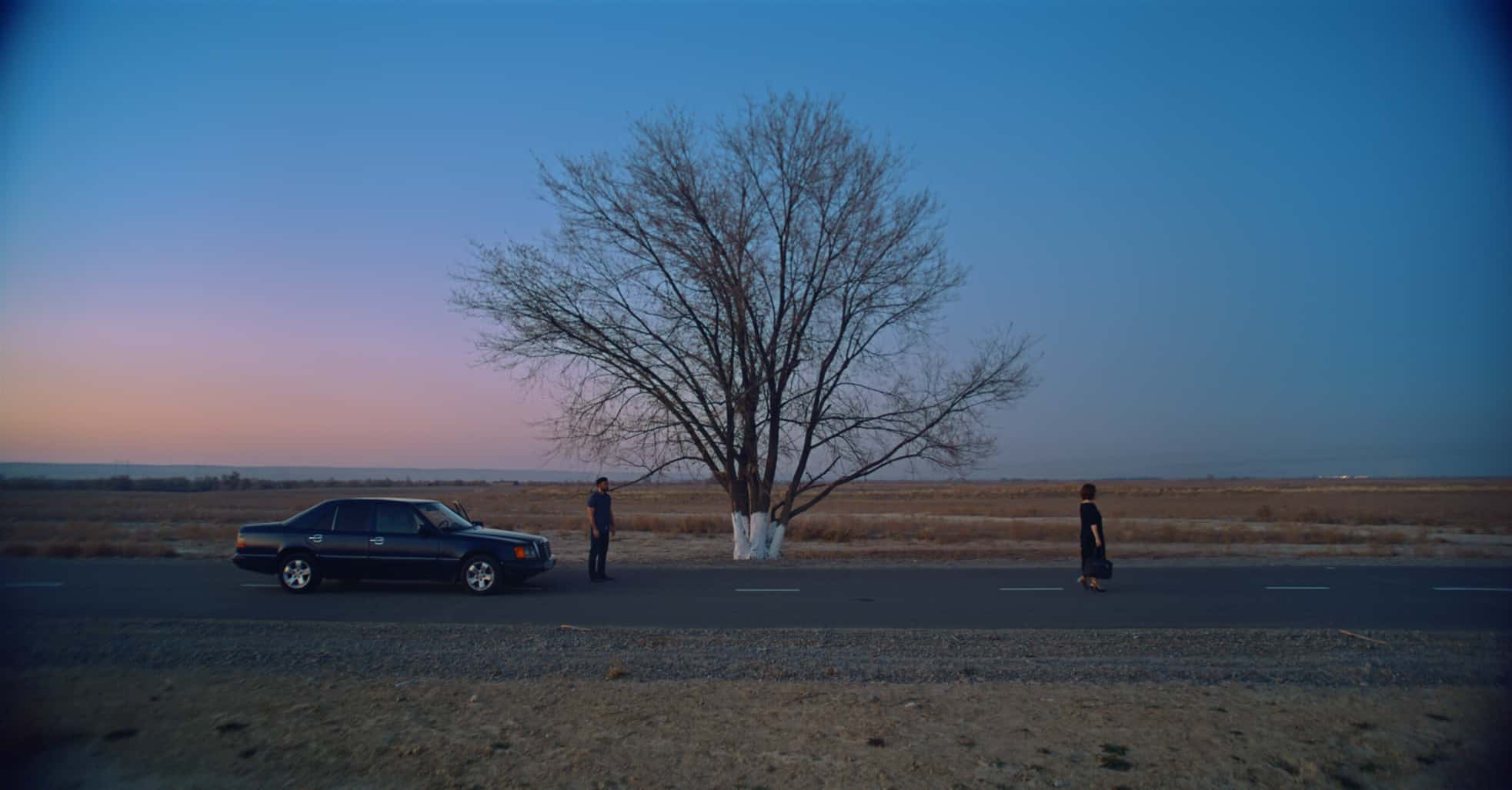Left alone after the sudden passing of her husband Bill (Simon Yam), Mei Heung (Sylvia Chang) fights insomnia by spending night after night feeding coins into the slot machines in an arcade game hall. She is one of the few customers in this large, neon lit room that had long lost its prime. This specific atmosphere draws parallels with the film's story that centers around the slowly dying neon sign artcraft of Hong Kong.
A Light Never Goes Out is screening at International Film Festival Rotterdam
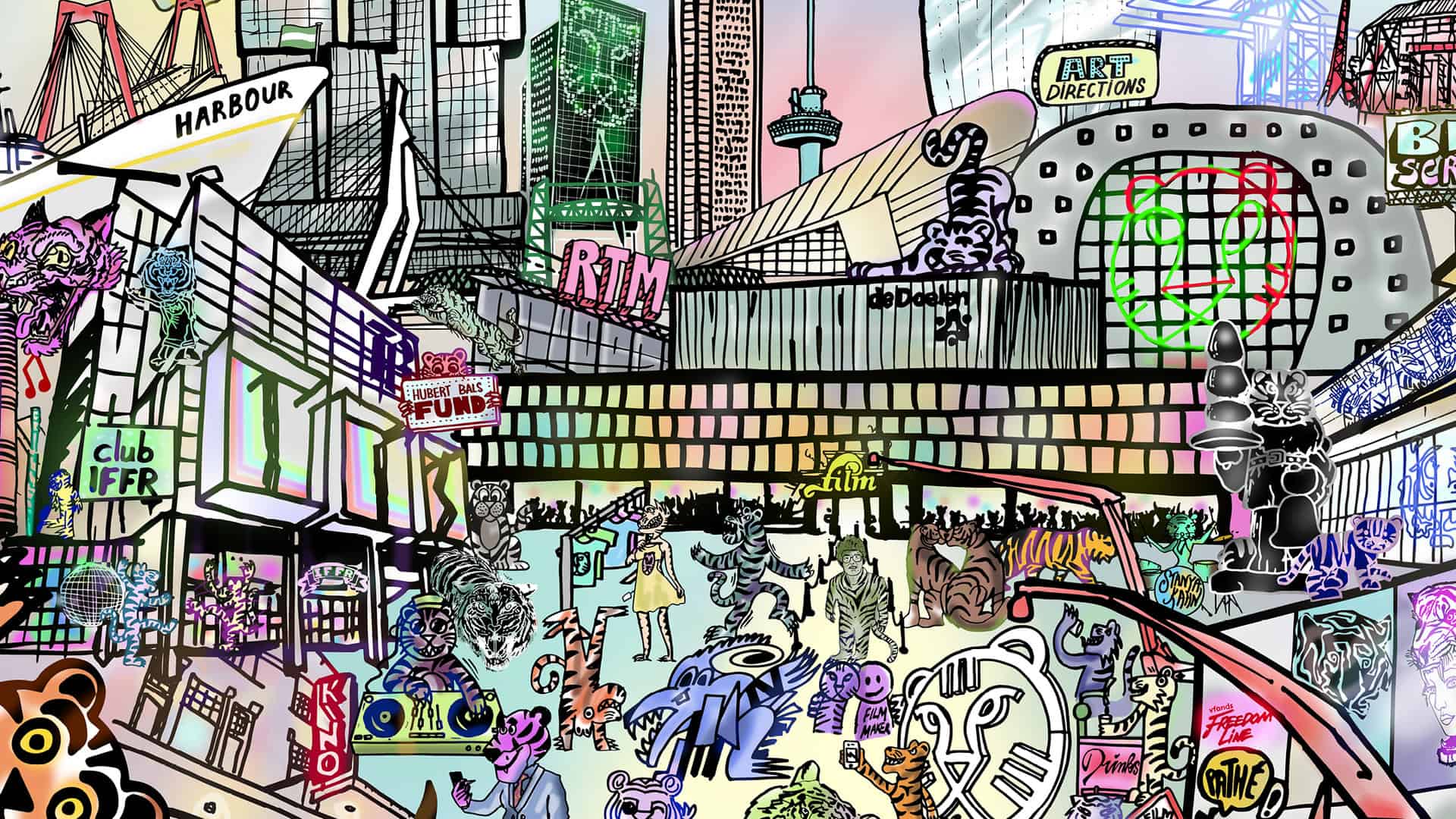
Neon lights have seldom been used as the backdrop of heart-warming dramas about love, solitude and longing, and more as the atmosphere-building coulisses for pulse-racing thrillers with dramatic outcomes. Anastasia Tsang takes the original approach in her drama “A Light Never Goes Out”, and makes the maximum out of Hong Kong's intensely colorful lights to create a dream-like world in which one woman finds her comfort and motivation to continue living.
Heung doesn't get immediately dragged into her husband's profession that didn't bring much income to the family since the ordinance by the Hong Kong government in 2010 to remove all potentially dangerous neon signages was introduced. Her attitude towards it changes when she accidentally runs into Bill's young apprentice Leo (Henick Chou) in the workshop her husband kept secret from her. After being talked into keeping the business running, she decides to continue in her husband's footsteps, and recreate a giant neon sign that brought them together. It is not exactly her world, and she has to learn how to bend and color the tubes from the scratch with Leo's help.
A great deal of nostalgia is invested in scenes showing how neon signs are being created: the painstaking attention to detail in sketching, forming and colour-testing. The ever present neon shine gives “A Light Never Goes Out” a dreamy touch, softening up the rough edges in the story when needed. Concretely, there is only one scene that could explain Heung's feverish wish to revive the past, as in most of other flashbacks from their marital life one can not detect much of affection between the two. We see how they meet for the first time on a rooftop as youngsters, with Heung observing a big neon advertisement for an ointment, and Bill appearing to repair something on it. Shortly after, he will make her big dream of dancing on a lit podium come true.
If there is a glitch or two in the narrative surrounding the husband-wife relationship, Tsang suceeds in painting a complex portrait of mother-daughter conflicting characters. When Prism (Cecilia Choi) appears for the first time on screen, her stiff reactions -and not just on mother's sudden obsession with the neon artisanry and the workshop, but also to her sorrow, come across as exaggeratedly cold. As the story progresses, it becomes apparent that there was never a proper bond between them, with too many secrets standing in their way. Soft light is used to damp the tension and introduce the beginning of communication. This transition is done masterly.
A sentimental ode to Hong Kong's ‘caligraphy inscribed with light', “A Light Never Goes Out” laments its disappearance in the same way that Heung grieves the loss of her husband. Although the artisan in Tsang's film did not make the largest neon sign in the world in 1973, that little detail was a lovely homage to the man who designed the red-and-white, building-sized neon sign for the Japanese home appliance brand National, which was the actual record-breaker.
The role of Mei Heung in “A Light Never Goes Out” brought Best Leading Actress Award to Sylvia Chang at 59th Golden Horse Film Awards, where the film was also nominated for Special Effects. With screenings in Rotterdam, the film had its official European premiere.


